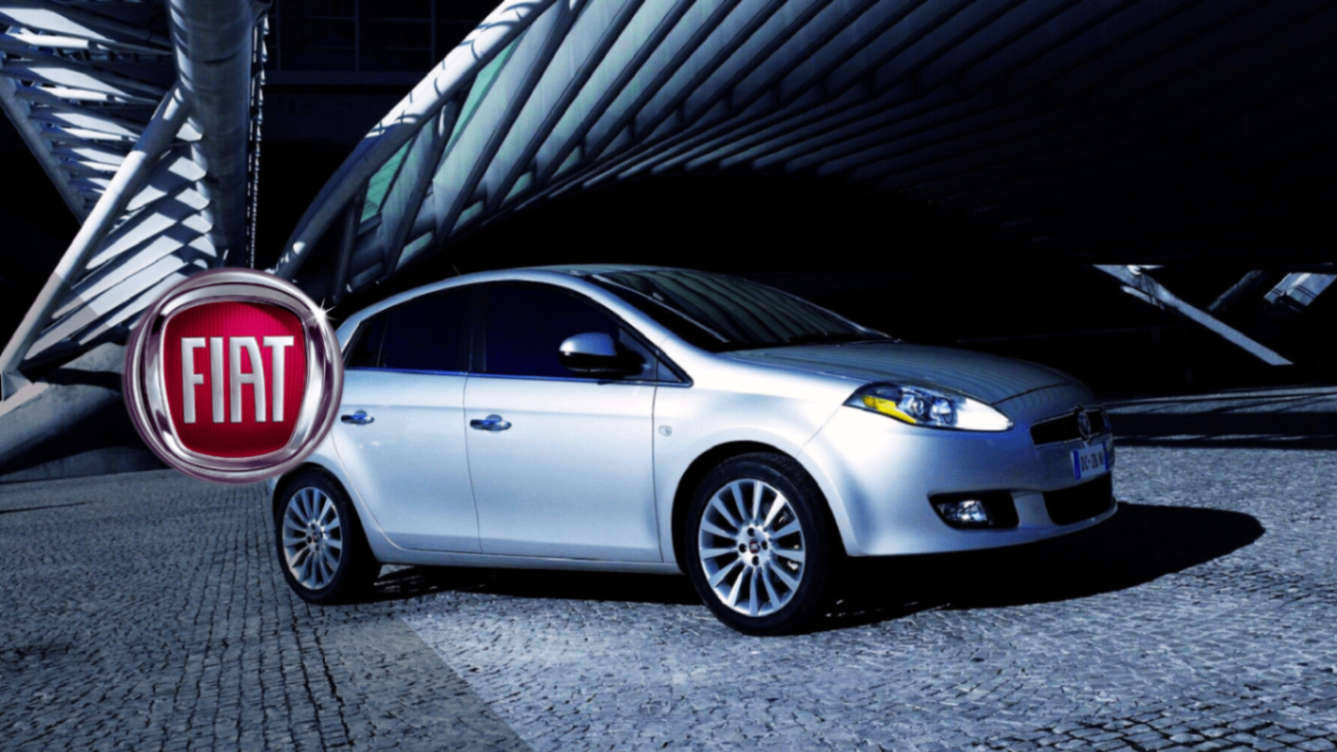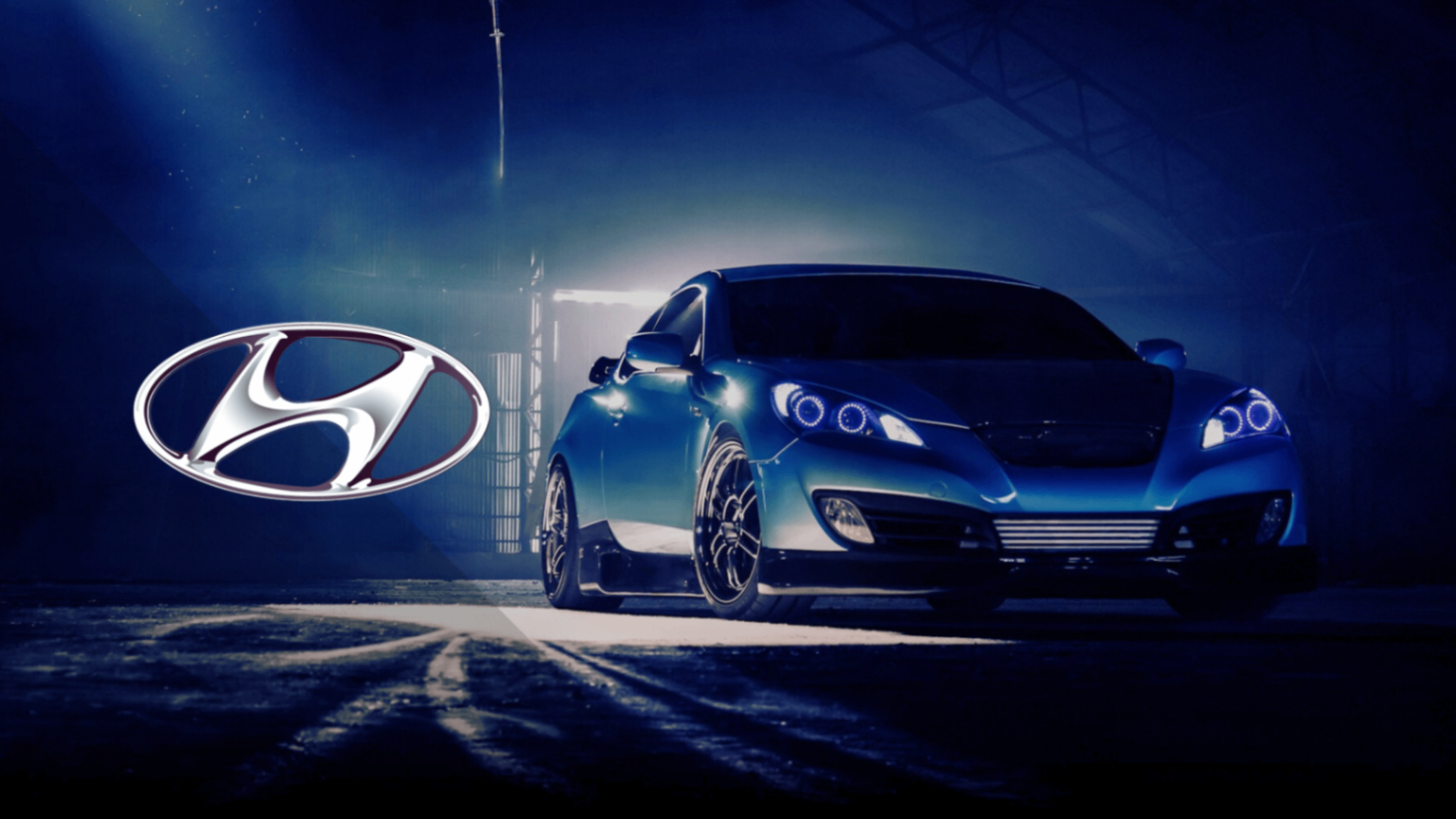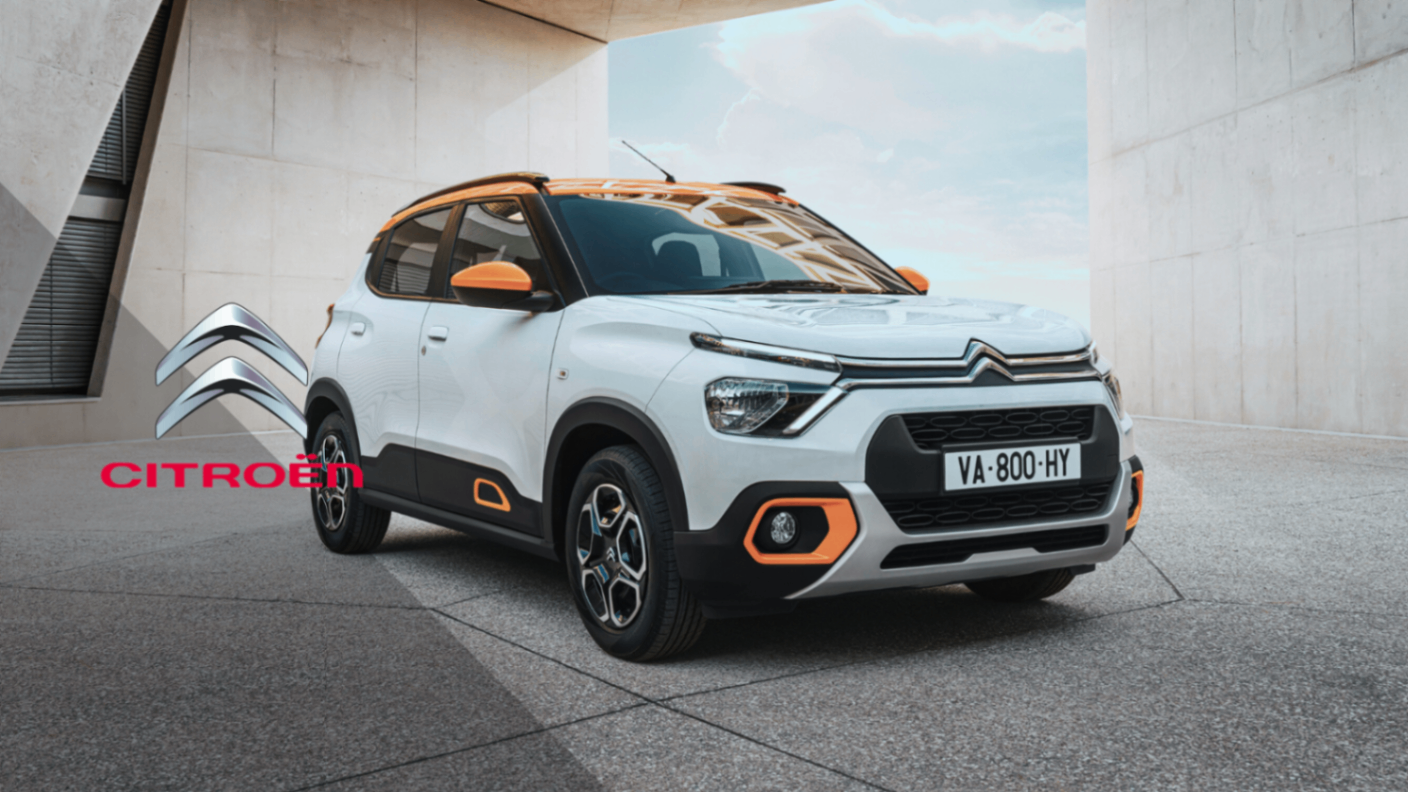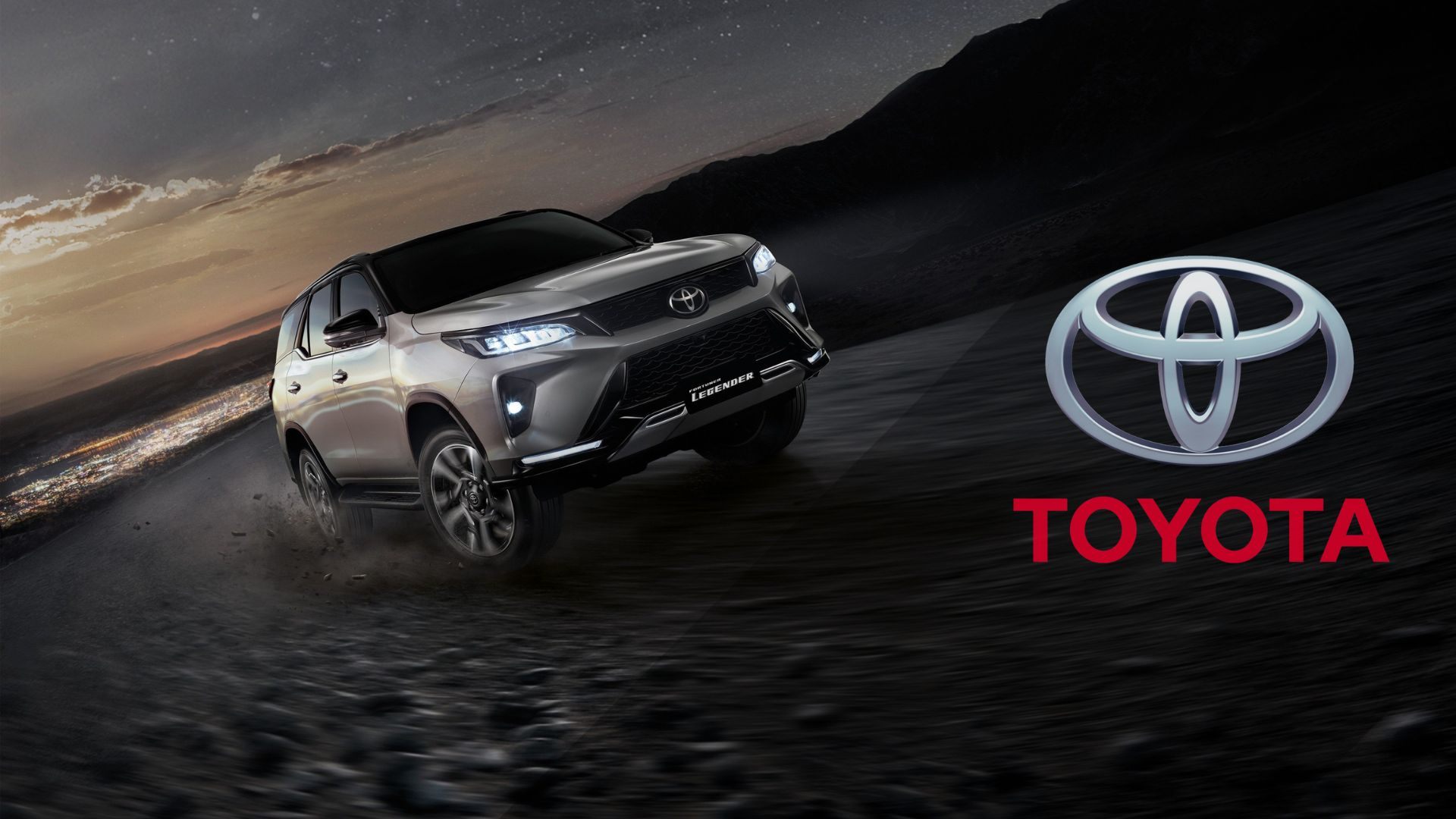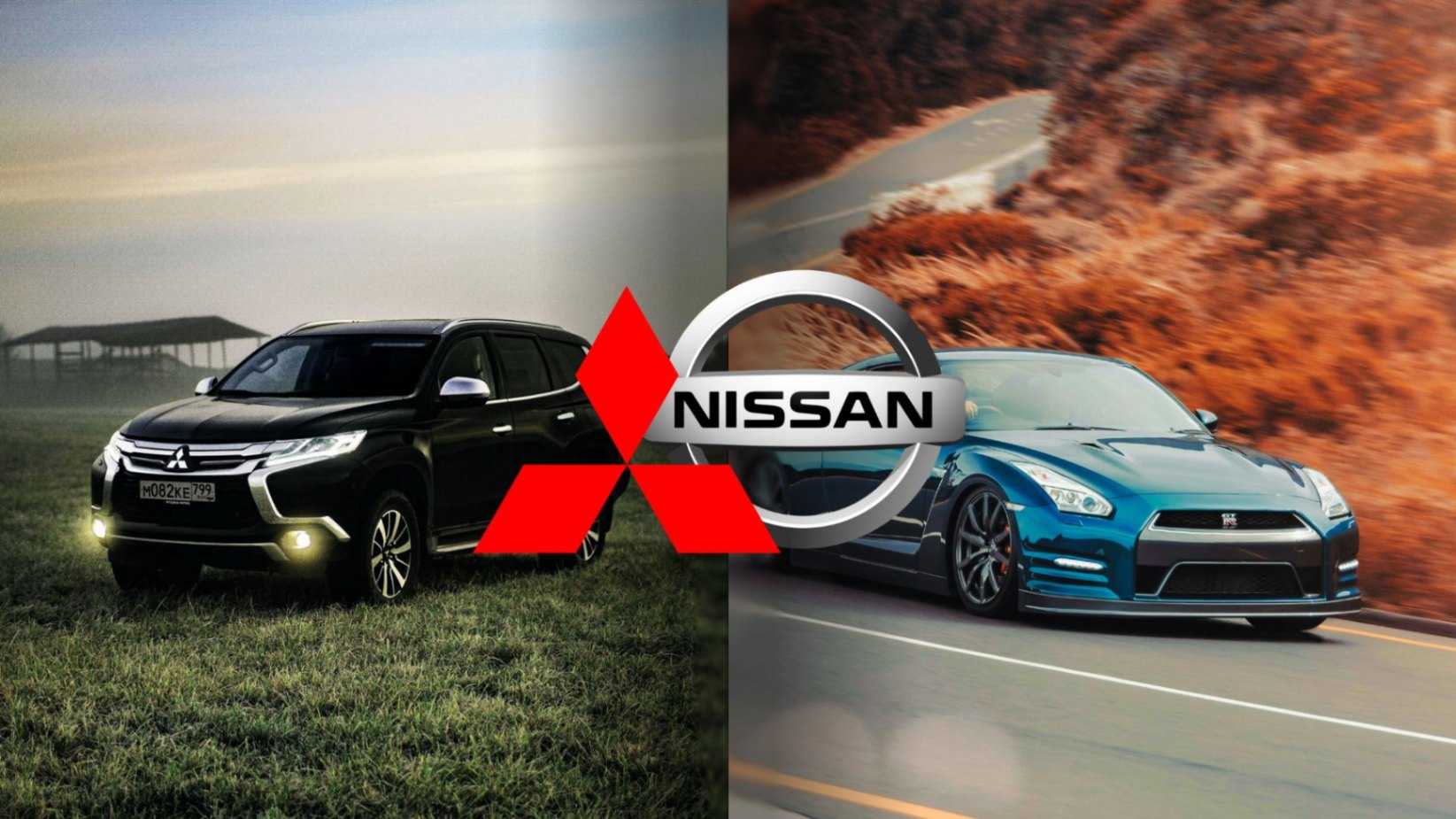
Fiat, a brand that started as a small manufacturer on the streets of Turin, has evolved into an automotive industry giant. Since its humble beginnings in 1899, Fiat has not only motorized Italy but has expanded its influence to every corner of the globe. Today, it is synonymous with innovation, design, and affordability. In this blog, we will explore how Fiat managed to conquer new markets and leave an indelible mark on global mobility.
The Italian Giant with a Global Vision
Founded in 1899 in Turin, Italy, Fiat has come a long way from its humble beginnings to become a key global player in the automotive industry. In its early days, the company was established by a group of local investors who shared a clear and ambitious vision for what Fiat could become. Starting as a small enterprise with limited resources, it possessed an unwavering determination to innovate and grow. Over the years, Fiat has managed to revolutionize mobility not only in Italy but also in various international markets, adapting to the needs and demands of each region.
The company has introduced iconic models that have transformed the way people travel, from luxury cars to affordable vehicles for the middle class. Throughout its history, Fiat has left an enduring mark on the industry, demonstrating that a global vision, combined with adaptability and constant innovation, can transform a local company into a worldwide giant. Its success is not only measured in terms of sales and expansion but also in its ability to influence automotive culture and the daily lives of millions of people around the world.
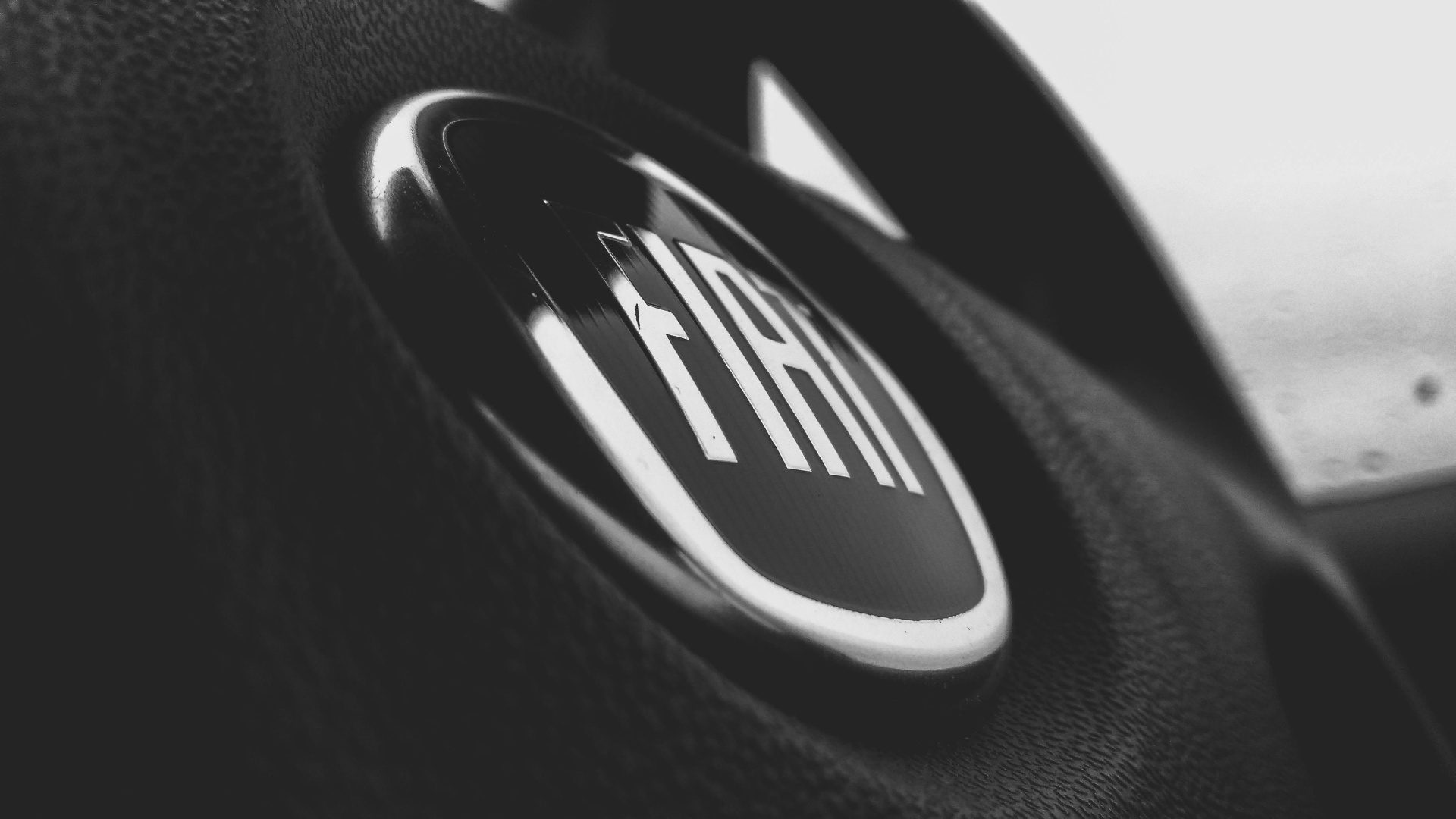
Born in Turin: Fiat's Early Days
Fiat was born in 1899 in the city of Turin, Italy, a city renowned for its rich industrial history and innovative spirit. The company was founded by a group of local investors, including Giovanni Agnelli, whose vision and leadership were instrumental in the company's early growth. Agnelli, a businessman with a sharp mind and a passion for engineering, saw the potential of the automotive industry at a time when cars were still a novelty. From its earliest years, Fiat stood out for its innovation and production of vehicles that were advanced for their time, incorporating technologies and designs that surpassed those of its competitors.
Under Agnelli's leadership, Fiat not only survived the initial challenges, such as a lack of infrastructure and competition from more established companies, but also began to lay the groundwork for its future expansion. The company invested in research and development, attracting talented engineers and designers who shared Agnelli's vision. This dedication to innovation allowed Fiat to launch models that were not only technically superior but also affordable for a wider audience, facilitating its growth and consolidation in the Italian market and, eventually, on the global stage.
See also: Hated Farm Work and Created Ford | The Ford Story
From Luxury Cars to People's Cars: Italy's Automotive Growth
In its early years, Fiat focused on producing luxury cars aimed at the Italian elite, offering vehicles that combined elegance, power, and exclusivity. These automobiles were status symbols and a sign of sophistication, quickly gaining popularity among the Italian aristocracy and high society. However, the company soon realized the potential of producing more affordable vehicles for the middle class, a growing market segment that demanded practical and affordable mobility solutions. This strategic shift led to the launch of the Fiat 500 in 1957, a model that became an icon of accessibility and mobility.
The Fiat 500, with its compact and efficient design, not only revolutionized mobility in Italy, allowing many Italian families to acquire their first car, but also became a symbol of the company's growth and diversification. This small but robust vehicle captured the hearts of people, representing a new era of transportation democratization and solidifying Fiat's reputation as an innovative and adaptable brand. The popularity of the Fiat 500 transcended borders, and its impact was felt in international markets, where it was also enthusiastically received, contributing significantly to Fiat's global expansion.
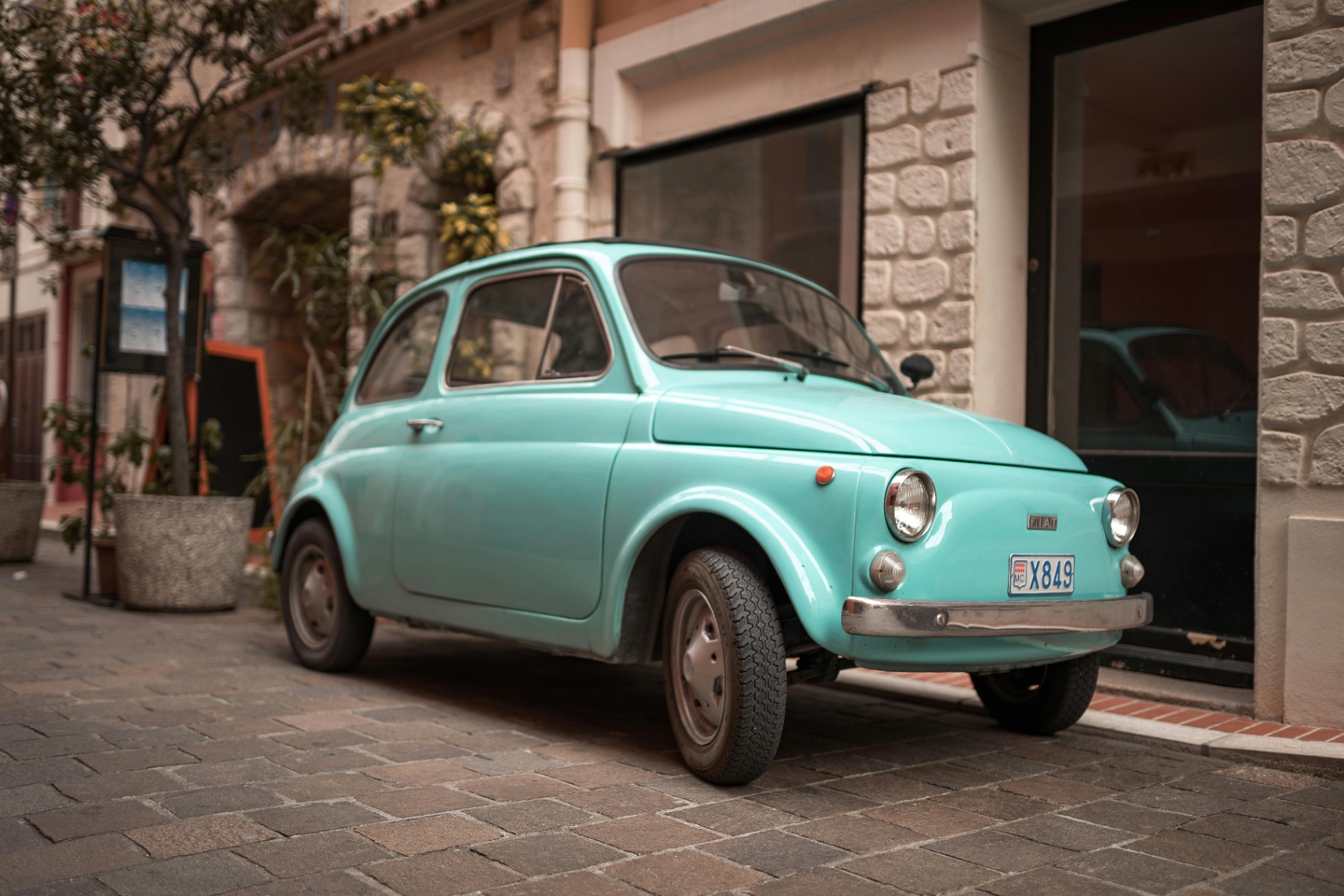
Conquering New Markets: Fiat's Global Expansion
With success in the Italian market, Fiat began to look outward. Fiat's global expansion included exporting vehicles to Europe and South America, with a particular focus on Brazil and Argentina. In these markets, Fiat positioned itself as an affordable car brand, adapting to local needs and helping to develop personal mobility in regions where it was still growing. In Brazil, for example, Fiat not only exported vehicles but also established local production plants, which allowed the company to reduce costs and offer more competitive prices. Additionally, the company invested in training local labor and developing an efficient distribution network, facilitating its penetration of the Brazilian market.
In Argentina, Fiat adopted a similar strategy, focusing on local production and creating partnerships with local suppliers and distributors. This expansion allowed Fiat to consolidate its global presence and diversify its operations, becoming a key player in the automotive industry of both countries. Fiat's ability to adapt to the specific conditions and demands of each market was crucial to its success, demonstrating once again its ability to innovate and grow in a competitive environment.
The Chrysler Alliance: A Game Changer
In 2009, Fiat formed a strategic alliance with Chrysler, a move that transformed the landscape for both companies and marked a significant milestone in the history of the automotive industry. This alliance allowed Fiat to gain relevance in the US market, a goal that had been elusive for years due to fierce competition and high barriers to entry. For Chrysler, the partnership with Fiat was a lifeline at a critical time, as the US company was struggling to survive amid the global financial crisis.
The collaboration between the two companies not only enabled them to weather economic storms but also opened up new opportunities for innovation and growth. By combining their expertise and production capabilities, Fiat and Chrysler were able to strengthen their position in the global automotive industry, offering a broader range of vehicles that spanned from compact and efficient cars to robust trucks and SUVs. This product diversification not only enhanced their competitiveness but also allowed them to better meet the diverse needs and preferences of consumers in different markets.
Furthermore, the alliance facilitated the exchange of technologies and know-how, resulting in significant improvements in production efficiency and vehicle quality. Fiat contributed its expertise in manufacturing small and efficient cars, while Chrysler brought its knowledge of producing larger and more powerful vehicles. This synergy not only benefited both companies but also had a positive impact on the automotive industry as a whole, setting a new standard for collaboration and efficiency.

Innovation and Design: Fiat's Formula for Global Success
Fiat's international success is largely due to its focus on innovation and design, two fundamental pillars that have guided the company since its inception. Iconic models like the Fiat 500 have demonstrated that Italian design can capture the imagination of a global audience, combining elegance, functionality, and a touch of nostalgia that resonates with diverse generations. This small but emblematic car has not only become a symbol of style and efficiency but has also been a testament to Fiat's ability to reinvent itself and adapt to changing market trends.
Furthermore, Fiat has prioritized fuel efficiency and urban design, responding to the demands of a world increasingly concerned with sustainability and reducing its carbon footprint. The company has invested significantly in green technologies and in the development of vehicles that are not only attractive and comfortable but also environmentally friendly. These efforts include the incorporation of more efficient engines, the use of recyclable materials, and the implementation of more sustainable production processes.
Fiat has also been able to anticipate the needs of modern consumers, offering mobility solutions that adapt to contemporary urban life. Its compact and versatile vehicles are ideal for congested cities, providing a practical and economical option for drivers seeking maneuverability and low fuel consumption. The company has launched a series of models that not only meet energy efficiency standards but also offer advanced connectivity and state-of-the-art safety features.
These efforts have allowed Fiat to remain relevant and competitive in the global automotive industry, successfully facing competitors from around the world. The combination of attractive design, technological innovation, and a commitment to sustainability has solidified Fiat's position as a market leader, capable of attracting a wide range of consumers and adapting to the changing dynamics of the automotive industry.
From Traditional Mobility to the Electric Revolution: The Future of Fiat
Fiat is looking to the future with a clear focus on electric and autonomous mobility. The company has launched the electric Fiat 500, an example of its commitment to electrification and sustainability. This model not only represents a significant advancement in terms of battery technology and energy efficiency but also incorporates advanced connectivity features and driver-assistance systems that enhance the driving experience and safety. Additionally, Fiat is investing in the infrastructure needed to support the adoption of electric vehicles, such as fast-charging stations and specialized maintenance services.
Fiat continues to innovate and adapt to new market demands, seeking to lead in urban mobility and contribute to a greener future. The company is exploring shared mobility solutions and developing autonomous vehicles that could revolutionize transportation in cities, reducing congestion and carbon emissions. These efforts reflect Fiat's ability to evolve and transform the automotive industry once again, demonstrating its commitment to a sustainable and technologically advanced future. Fiat's vision includes not only the production of cleaner and more efficient vehicles but also the creation of a smart mobility ecosystem that integrates different modes of transportation and digital services to offer a more seamless and convenient user experience.
You might be interested in: Are Chinese cars just cheap copies or are they worth it?
Fiat's Global Legacy
Fiat's journey, from a small Turin-based company to a global powerhouse, is a testament to its vision, resilience, and adaptability. Founded in 1899, Fiat started with limited resources and a small team but with an overwhelming ambition and a clear determination to innovate in the automotive industry. Over the years, the company has overcome numerous challenges, from fierce competition to global economic crises, always finding ways to reinvent itself and stay relevant.
Fiat has influenced the mobility of millions of people worldwide, introducing iconic models that have changed the way people move. From the luxurious Fiat 500 to the more affordable vehicles for the middle class, the company has demonstrated a unique ability to understand and meet the needs of different markets. Its impact is not limited to selling cars; Fiat has played a crucial role in the development of infrastructure, job creation, and the promotion of sustainable technologies.
As it moves forward into the future, Fiat continues to demonstrate that it can adapt and lead in a constantly changing world. The company is investing in cutting-edge technologies, such as electric and autonomous mobility, and is exploring new forms of urban transportation that could revolutionize the industry once again. With a focus on sustainability and innovation, Fiat is securing its global legacy in automotive history, committed to remaining a benchmark in future mobility and continuing to leave an indelible mark on the lives of millions of people worldwide.

